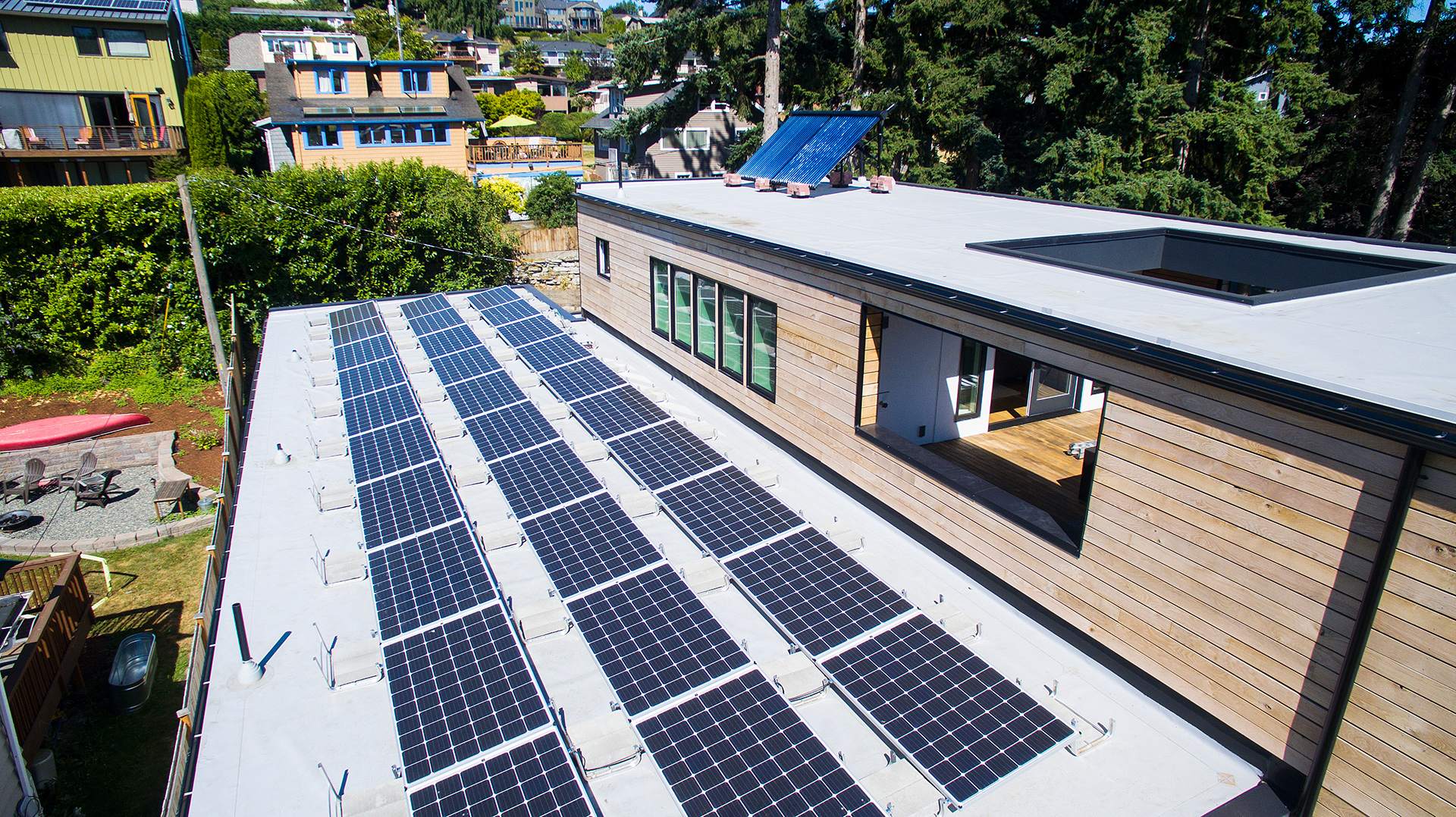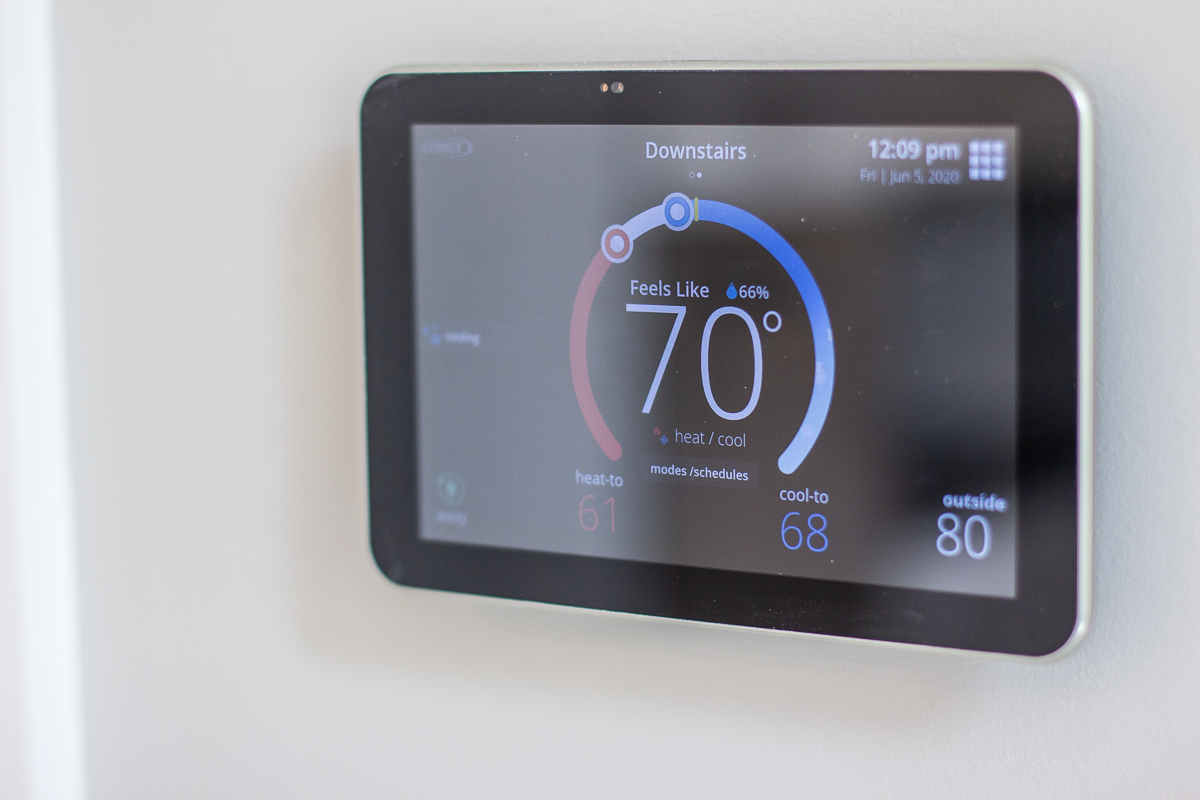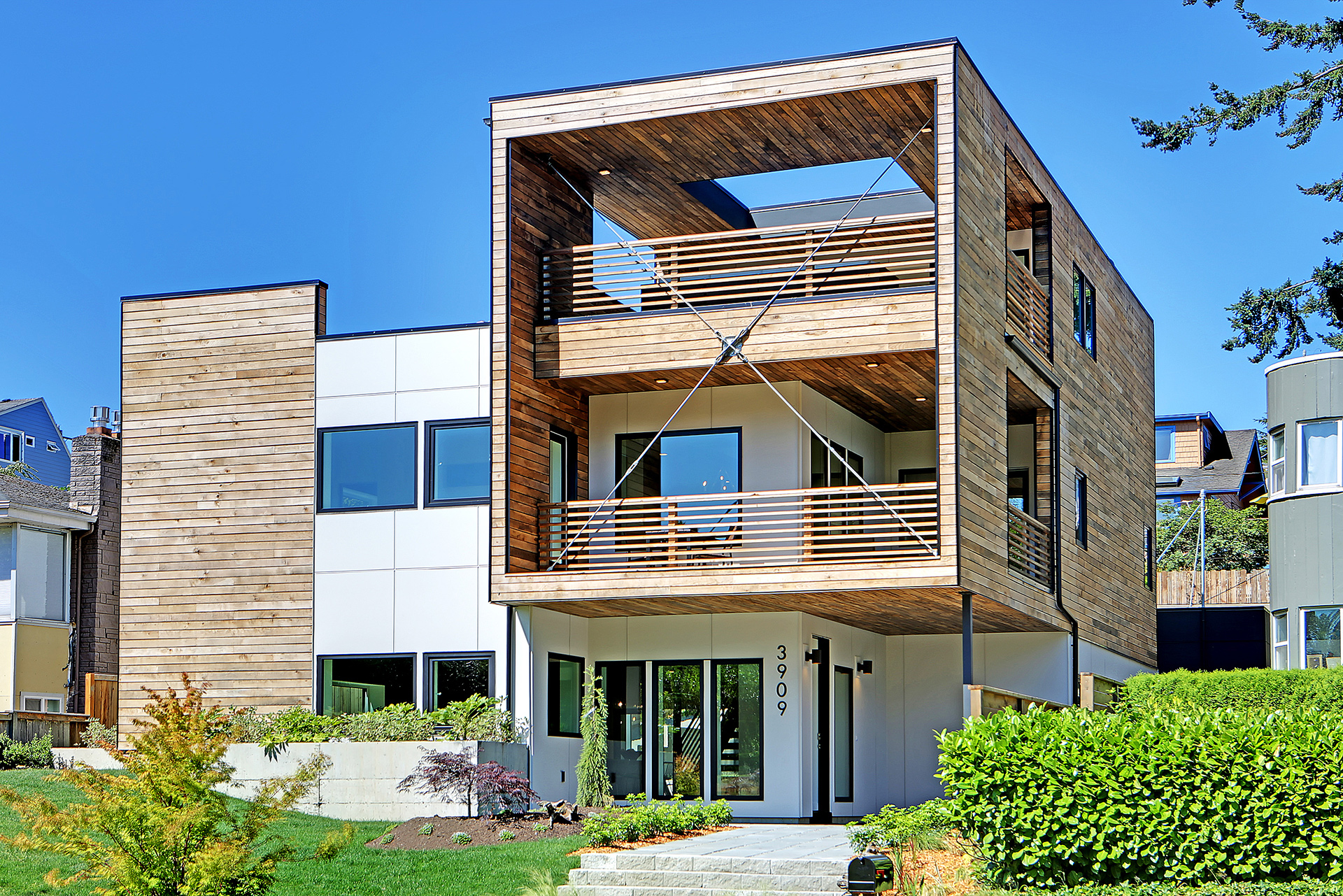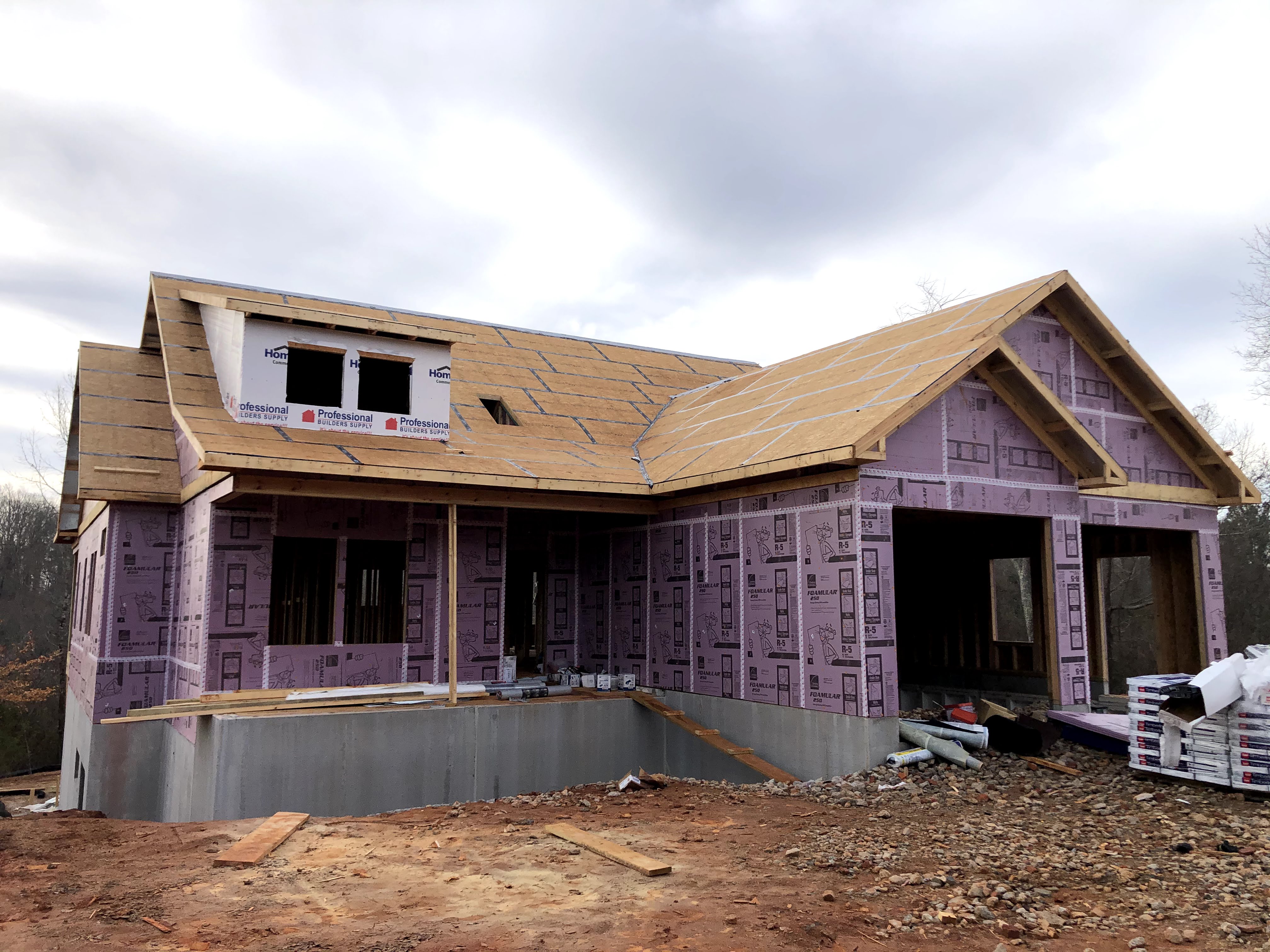Even if you are a builder accustomed to constructing energy-efficient homes, doing a zero energy home can sound daunting. After all, it’s not easy to build a home that produces as much energy as it consumes, thanks to a combination of ultra energy efficiency and renewable energy sources.
But it’s not impossible either, according to a panel of experienced zero-energy builders who shared their strategies in an online International Builders Show (IBSX) panel in February. Moderated by Sam Rashkin, chief architect of the U.S. Department of Energy’s Building Technologies Office, the discussion showed how builders in three very different climates and markets (Wisconsin, South Carolina, and Washington State) have achieved success with zero-energy and net zero ready homes. (Net zero “ready” homes are built to the same standards as their zero-energy counterparts, but allow homeowners the flexibility to easily add solar panels later.
Why Build Net Zero Homes?
For Rashkin, who has an extensive background in building systems, building science, and energy efficient housing, zero-energy homes are an important effort in responsible energy use in an era of climate change concerns.
Buildings account for 40% of total U.S. energy use and 75% of U.S. electricity use, Rashkin pointed out, adding that 63% of U.S. electricity also comes from fossil fuels. As a result, he explained, “there is no path to a sustainable future that does not go through buildings and lower-emission buildings.”
Zero-energy homes are one of the ways to move toward that vision of sustainability, and many builders are doing just that. There has been a 500% increase in the number of certified zero-energy residential units in the U.S. and Canada between 2015 and 2020, Rashkin said.

How to Build Net Zero Homes
If you’re ready to be a part of that net zero growth curve, the first thing to do is prepare yourself for the process. “Zero is a journey,” Rashkin reminded the audience during his presentation. “Every step is a great step.”
Here are four key steps, according to speakers Tim O’Brien of Tim O’Brien Homes in Madison and Milwaukee, Wis., Todd Usher of Addison Homes in Greenville, S.C., and Anthony Maschmedt of Seattle-based Dwell Development.
- Concentrate on air sealing. “Air sealing is the most cost-effective thing you can do to make your houses more efficient,” said O’Brien, whose company uses high-performance wall systems with rigid foam insulation, advanced framing, spray foam insulation, R-50 insulation in the attic, R-7.5 foundation insulation, and more to create a tight building envelope.
- Involve your energy specialists in the design and building process. At O’Brien Homes, the energy rater--not the HVAC contractor--calculates the energy loads for the home, including Manual J calculations for each room to ensure precise sizing of the home’s HVAC system. This relationship also allowed the builder to explore different ways of boosting performance while managing costs. The Wisconsin builder also reached out to its solar installers for advice as it developed an all-electric community. “Not every lot or home site is going to have the perfect orientation, so you’re going to have to make accommodations” to ensure that a home’s roof is both attractive to buyers and functional for solar, O’Brien explained.
- Reconsider your HVAC. Based on their climate and experience, these builders have all revisited their HVAC during their journey to building zero energy homes. When Addison Homes decided to improve the performance of its building envelope, the company also moved to variable-speed heat pumps and variable-speed air handlers. “These systems also have active dehumidification, which more effectively removes humidity from the home and keeps the comfort level in the home consistent,” said Todd Usher, founder and president of the South Carolina builder. O’Brien Homes used heat recovery ventilator (HRV) systems for five years before shifting to energy recovery ventilators (ERV). “We found the homes were getting really dry in the wintertime when it gets cold,” said Wisconsin builder O’Brien. “ERVs help us balance [the air in the home] and create more of a fresh air environment for our builders.” Lastly, in Washington, Dwell Development has opted for ductless mini-split heat pumps with HEPA-equipped filters. “It’s comfortable, quiet, balanced, and healthy,” said Maschmedt, principal of Dwell.
- Make zero standard. While it might seem daunting to build all your homes as zero-energy, it might be easier to manage in the long run. “It’s hard to tell a trade that ‘this house we are going to [build] to best practices’ and ‘this house we are going to do to code,’” said Usher. “We do it as best practices every time, and that way it is our standard.”

How Much Does It Cost to Build a Net Zero Home?
If you’re worried about the additional expenses of shifting to zero, it may not be as large as you think. “The big basis is really where you are currently,” said O’Brien. “If you’re at code, it may cost you more, but if you’re already operating above code, the incremental cost is small.”
For O’Brien, that incremental cost is 2 percent to 2.5 percent, before incentives. “It took us a while to get there,” he said, echoing Rashkin’s observation about zero being “a journey.” “We were at 3 percent.”
The builder drove that number down by consciously partnering with his energy rater and HVA, plumbing, and insulation trade partners to find efficiencies and develop smoother processes. “You can work together to lower your cost of doing business together,” O’Brien said.
At Addison Homes, operating efficiencies have also kept incremental costs low. “We may be 2 percent or 3 percent higher on our price tag, but we are competitive with the other builders in our market who are building to code,” Usher said. “To me, that is the tell-tale result that we are not losing our competitiveness by building to these standards.”
For Maschmedt, moving to zero energy homes was a touch more expensive, with additional costs between 4 percent and 5 percent. But Dwell has made it work, even in the spec-heavy Seattle market. “With good design, good marketing, and good education, we are recouping [those additional costs] and more, because buyers are willing to pay for more. They want to live in a healthy, balanced, comfortable home.”







